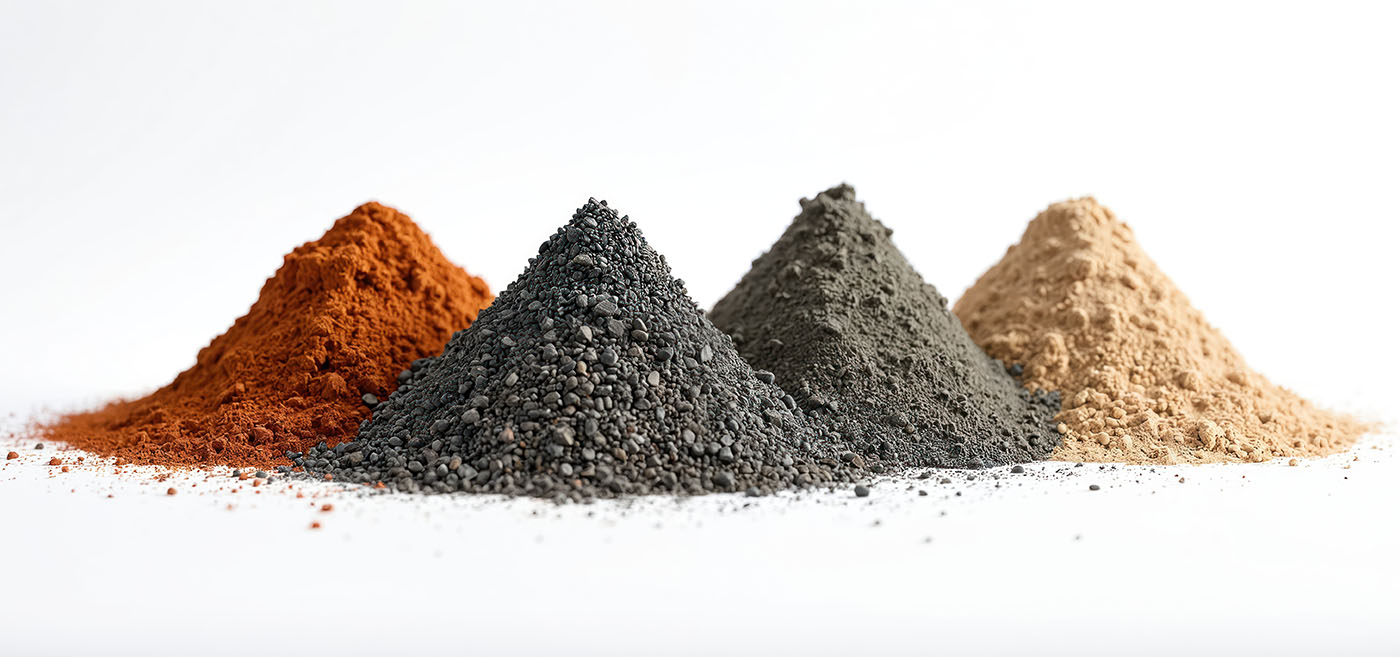Why unconventional binder materials?
The transition to low-carbon construction requires materials that go beyond traditional options. Conventional binder materials such as fly ash and blast furnace slag have helped reduce cement’s carbon footprint. However, their availability is rapidly declining because of changes in industrial processes, energy systems, and regional resource limitations. To sustain global decarbonization efforts, the use of unconventional materials that are abundant, underutilized, or derived from alternative sources has become essential. Unconventional binder materials include calcined clays, natural pozzolans, reclaimed fly ash, recycled fines, biomass ashes, and other reactive residues. These materials have unique chemical and mineralogical properties that allow partial replacement of Portland cement, reducing clinker content, energy consumption, and CO2 emissions. Many of these materials can also be sourced locally, which promotes regional self-sufficiency and circular use of industrial and agricultural by-products. In addition to sustainability benefits, unconventional materials enable performance improvements. Their tailored reactivity and compatibility with blended systems can enhance durability, chemical resistance, and long-term stability. Incorporating these materials into modern binder systems supports the development of resilient, low-carbon, and resource-efficient concrete technologies that align with global climate and circular economy goals.
Date:
November 10, 2022
Category:

